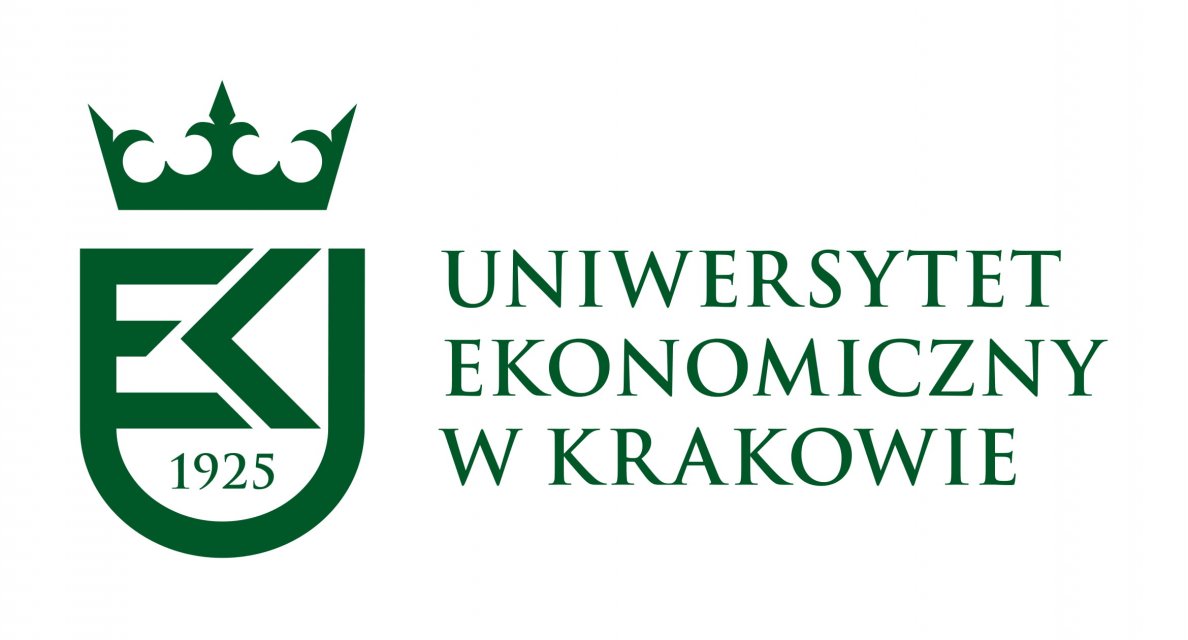
|
|
Learning Outcomes Objectives and goalsClick to read
At the end of this module you will be able to:
Understand Customer Needs Defining customer needsClick to read
A customer need can either be a known (can articulate what they want) or unknown (cannot articulate what they want) need which motivates purchasing of a product or service. Ask: “What job does my product or service do for my customers and/or potential customers”? Does it help make their: • lives: Easier? Healthier? More fulfilled? etc. Types of customer needsClick to read
Generally there are three key types of customer needs: Functional; Social; Emotional Functional: tangible needs that help fill a specific task or function that needs to be completed Social: how one may be ‘perceived’ by others – impacted by culture (country, organizational, peer-groups) Emotional: how one wishes to ‘feel’ Focus on the Customer’s Requirements What does service really mean?Click to read
Customer service at its fundamental level is a process of relationship building with current and future customers. It starts when someone first knows about you and ends when they forget about you! Business owners understand that loyal customers lead to higher levels of repeat business and positive word-of-mouth (including through social media); service is critical in this. What service means by Simon Sinek “The SERVICE in Customer Service”: What are customers looking for?Click to read
Below we have summarized what consultants and writers have suggested as various requirements from customer service in the post-pandemic world: • Empathy What we have now is a movement towards ultimate flexibility in terms of how, when, and where customer service can take place. Digitalization is critical to this process but also having to build in the ‘human element’ as required. Identifying What is ‘Enough’ Customer Service Fundamentals of customer serviceClick to read
You need to start by asking: What are the expectations of our customers pre-purchase versus post-purchase and how well do we meet those expectations? The service offered MUST match that promised. The levels of customer service vary depending on the customer. Organizations may: • charge an additional fee for various levels of pre or post-purchase customer service (basic, premium) or https://www.business.qld.gov.au/running-business/consumer-laws/customer-service/improving/principles Identifying when you have ‘enough’ customer serviceClick to read
Customer service is fluid and changes from customer to customer; some require minimal service while others can ‘never’ be satisfied. There are, however, three low-cost ways of identifying if you have enough ‘good’ customer service: • Ask your customers!! This also helps develop your relationship with them and shows you care about their input and want to do better How to Improve Your Customer Service: Separate Digital Versus Non-Digital Customer Service Digital versus non-digital Click to read
While digital channels of customer service have become somewhat ubiquitous throughout the pandemic, organizations cannot forget about the non-digital component and the importance of the interaction between the two, especially as we move to a post-pandemic world It is important to seamlessly integrate digital and non-digital multiple channel customer service • Phone https://www.the-future-of-commerce.com/2021/08/02/what-is-customer-service-definition-examples/ N.B.: Some components of customer service can also be outsourced to trusted suppliers of that service (e.g., delivery services now ‘represent’ restaurants when they deliver their products to customers); they need to be strategically developed but seamlessly connected to ensure consistency. Future oriented customer serviceClick to read
The customer service trends appear to be revolving around two dichotomous, yet connected, areas: • Personalization: Customers need to feel important and that the company knows them and not just a customer – this can be done through both non-digital but also digital means
Conclusions Summing upClick to read
Key takeawaysClick to read
|
Test Yourself! 
Description:
This session is focused on evaluating the ever increasing pre- and post- purchase customer service requirements of both digital and non-digital customers. Today customers are more cognizant of the services provided by suppliers and most often make a decision based on this. Both digital and non-digital customer service will be looked at as well as ways of identifying customer needs and integrating these into offerings proposed.
Keywords
customer service; determining needs; digital; non-digital
Bibliography
Falter, M., & Hadwich, K. (2020). Customer service well-being: scale development and validation. The Service Industries Journal, 40(1-2), 181-202.
Hsieh, T. (2010). Delivering happiness: A path to profits, passion, and purpose. Hachette UK.
Cooper, N. (2021). America’s Best Customer Service 2022. Newsweek Global, 177 (87), 30-432.
Bougourd, N. (2022). Four Ways Technology Is Enhancing Customer Service: The future is now. HCM Sales, Marketing & Alliance Excellence, 21 (5), 14-15.
Shep Hyken. (2019). Be Amazing or Go Home : Seven Customer Service Habits That Create Confidence with Everyone. Sound Wisdom.
Flavio Martins. (2016). Win the Customer : 70 Simple Rules for Sensational Service. AMACOM.
 Play Audio
Play Audio 














